1.How "toxic" is ammonia?
Long-term exposure to high concentrations of ammonia will not only seriously damage the respiratory system, reduce immunity, and affect the growth performance of livestock and poultry, but also increase the risk of disease outbreaks, which will eventually lead to a sharp decline in breeding efficiency. For breeding owners, ammonia can also irritate the eyes and respiratory tract, cause a variety of complications, and endanger occupational health.

2."Roadblock" in ammonia monitoring on farms
Recently, the business manager has received a lot of feedback from customers asking if there is an ammonia transmitter that can be used for a long time on the farm.After market investigation, it was found that when the ammonia transmitter available on the market is applied in pig houses, chicken houses and other environments where the ammonia concentration is 50-100ppm (non-extreme but persistent), there is a common problem of short sensor service life, which causes a series of subsequent failures.
01 Frequent failure, frequent maintenance: The ammonia transmitter using the traditional electrochemical principle, in the long-term, continuous ammonia environment (which is the norm on the farm), will see its internal electrolyte quickly depleted due to continuous chemical reactions, leading to complete failure, and can only maintain a few weeks or even a few hours of use. Frequent shutdowns, disassembly, replacement, and calibration incur substantial costs.
02 Data drift and inaccurate decision-making: Even before complete failure, the output signal of the sensor will drift significantly as the electrolyte is consumed, leading to a serious deviation from the actual measurement concentration value. This "distorted" data prevents ventilation systems from responding accurately and hinders managers from making the right decisions, leading to insufficient ventilation and aggravated ammonia accumulation hazards; excessive ventilation can cause energy waste and fluctuations in temperature and humidity in the house, which will seriously affect the health of livestock.
03 The environment is harsh, and the equipment is "squeamish": the farm environment generally features high temperatures, high humidity, dust, and potential disinfectant corrosion. If the protection level of standard sensors and transmitter housings is insufficient, it is very easy for the internal circuit to be damaged or for measurement performance to be reduced due to moisture, dust accumulation, or corrosion, further shortening the effective service life of ammonia transmitters.
3.Subvert tradition and break the curse of "short life"
In the face of the "short-lived" curse of ammonia monitoring in farms, our company has launched a new generation of [farm-specific ammonia transmitter] after painstaking research and development, repeated trials, and combined with the pain points of farm monitoring proposed by customers! The core of this product is not a simple upgrade of ordinary ammonia transmitters, but a major leap forward in monitoring technology.
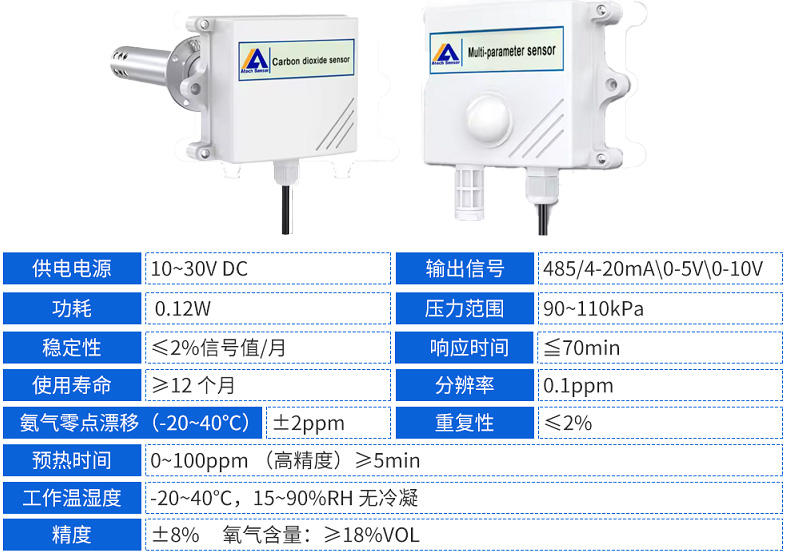
4.Long life - the leap from "hourly" to "annual"
The ammonia transmitter for farms uses a new measurement method and adopts a non-consumable electrochemical principle ammonia sensor, which does not need to consume electrolyte when detecting ammonia concentration on the basis of strong anti-interference ability, ensuring the long-term stable operation of the equipment in the environment where ammonia continues to exist, and fundamentally solving the problem of rapid failure of traditional sensors caused by continuous electrolyte consumption.
In addition, the improvement of life also means that users who utilise farm-specific ammonia transmitters can say goodbye to the huge expenditure and manpower investment of frequent sensor replacement, thereby causing the maintenance cost to plummet; long-term, uninterrupted reliable data provides a solid foundation for precise environmental regulation; the ultra-long life dilutes the cost of daily use and offers a high return on investment.
5.High quality - High precision丨High repeatability丨High stability
In response to the problem of data drift of traditional ammonia transmitters, the special ammonia transmitter for farms has added our company's unique intelligent compensation algorithm, which can accurately sense and dynamically compensate for the subtle impact of changes in environmental factors on the measurement, ensure that the readings are always close to the truth, and each equipment left the factory has been refined multi-stage standard gas calibration, which greatly improves the measurement accuracy and linearity in the whole range.
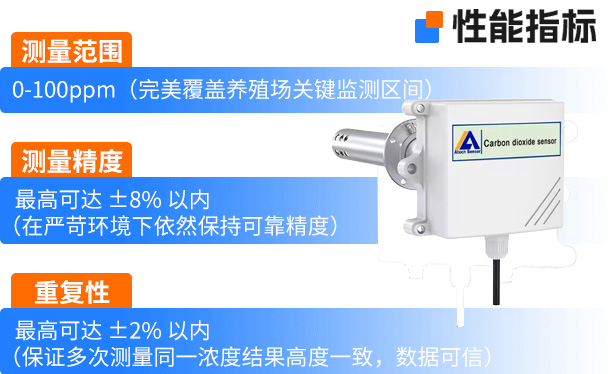
6.Strong protection, not afraid of harsh challenges, not easy to damage
The ammonia transmitter for the farm adopts a wall-mounted waterproof shell with a high protection level (IP65), which can effectively resist dust intrusion, is not afraid of washing, disinfection and humid environment, and calmly copes with the harsh working conditions in the farm, solving the problem of easy damage of ordinary ammonia equipment in the high-temperature, high-humidity, dusty and corrosive environment of the farm.
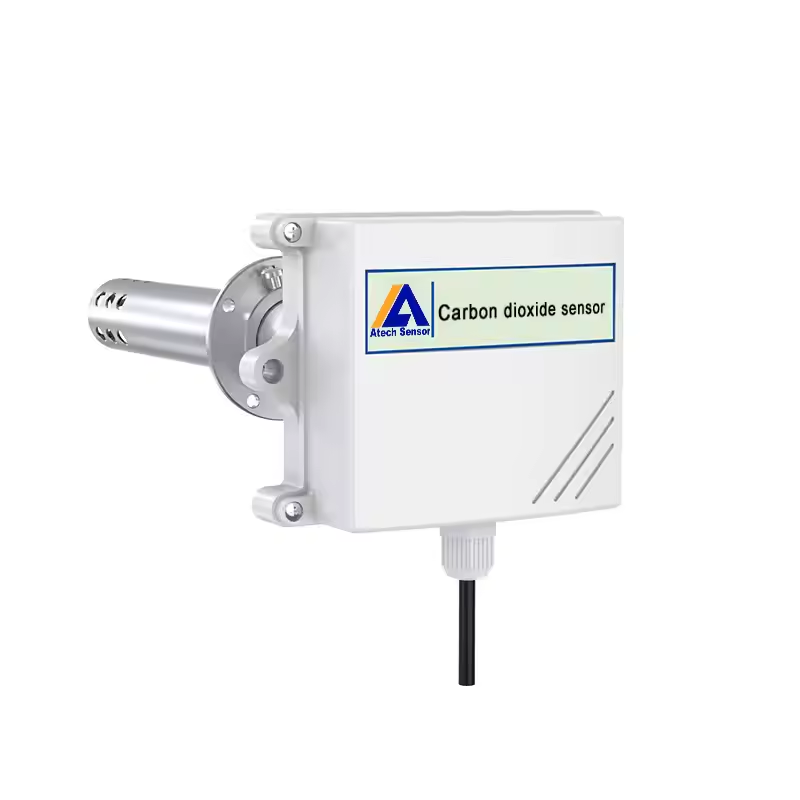
7.Multi-transport - Flexible and easy to use for integrated deployment
The ammonia transmitter for farms supports 4G/RS-485 (communication distance up to 2000 metres) transmission mode, can be seamlessly connected to the environmental monitoring cloud platform or local platform, centralised monitoring and management of monitoring data and equipment, long transmission distance, can easily cover farms of various sizes, in addition, the equipment also supports analogue transmission mode.
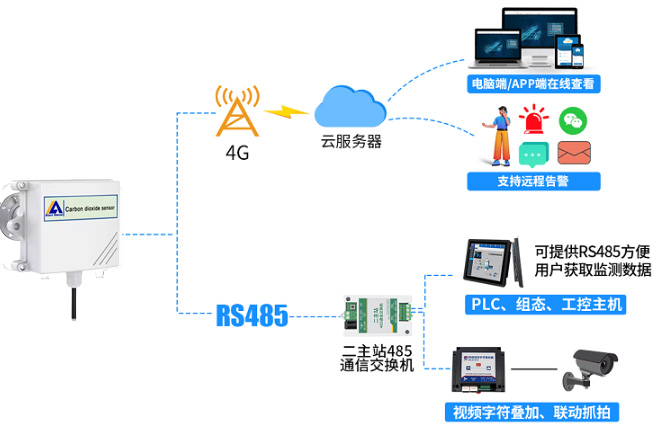
8.Easy integration - collaborative application to build a closed loop of environment and ecology
Modern efficient breeding is a complex ecosystem, where various environmental parameters can affect each other, jointly impacting animal health and production efficiency. The farm-specific ammonia transmitter can be applied alongside a series of environmental monitoring sensors such as temperature, humidity, pressure difference, carbon dioxide, etc. Through the multi-functional data collection host, the data can be uploaded to the environmental monitoring cloud platform to achieve all-round, refined and intelligent regulation of the farm, thus building a more comprehensive and intelligent scientific and technological defence line.Users can also configure 4G voice alarms to enable voice broadcasting, telephone shouting broadcasts, and SMS content broadcasting, in order to regulate and control in a timely manner and create a better growth environment for livestock.
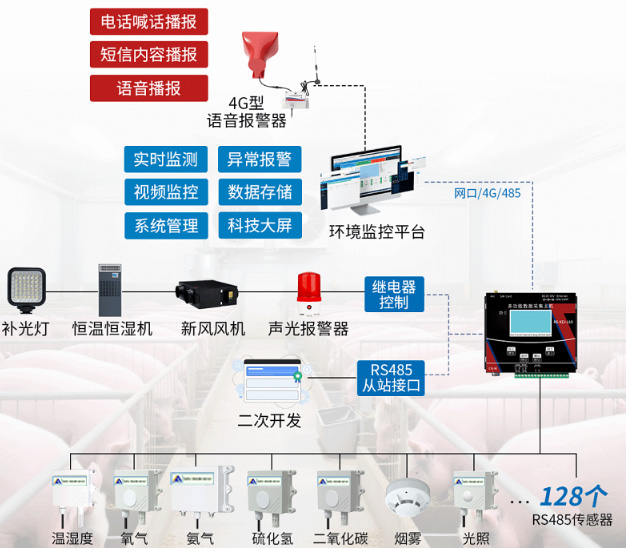
9.Easy to install - Easy to install, 3 steps
The ammonia transmitter for the farm adopts a wall-mounted installation method, and the user drills a hole with a diameter of 5mm in advance on the wall, inserts expansion screws, and then installs the equipment on the wall and secures it with screws.
End the 'short-lived' dilemma of ammonia monitoring and choose long-term stability! The ammonia transmitter for farms, featuring a non-consumable electrochemical ammonia sensor at its core, offers an ultra-long service life measured in years (2 years at 100ppm, 5 years at 50ppm). With exceptional performance that includes high precision, high stability, strong protection, and easy integration, it provides a dependable, worry-free, and efficient ammonia monitoring solution for modern farms.

